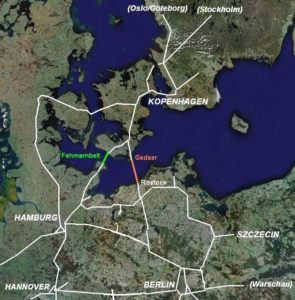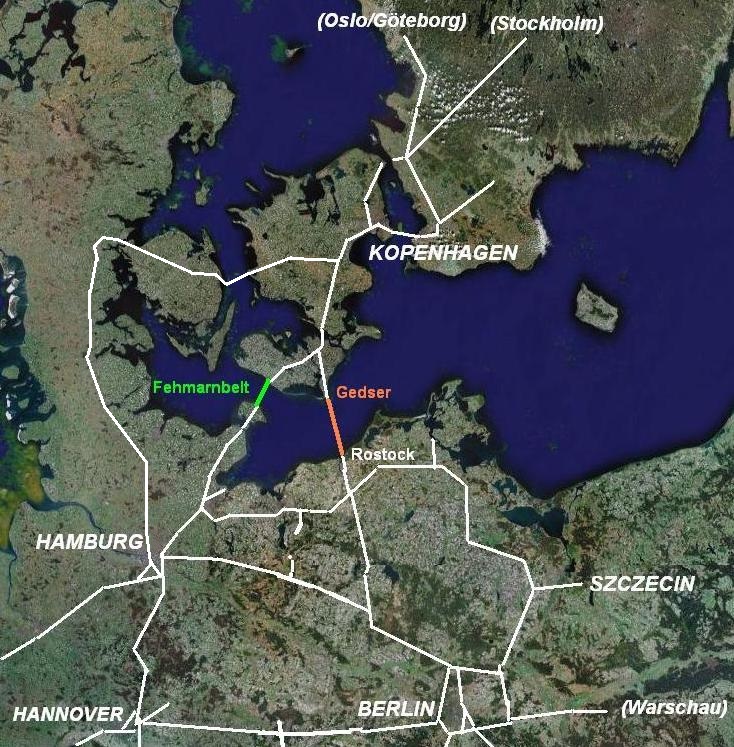After more than a decade of planning, construction started on the Fehmarnbelt Tunnel in 2020, and in the months since a temporary harbor has been completed on the Danish side. It will host the factory that will soon build the 89 massive concrete sections that will make up the tunnel.
The tunnel, which will be 18 kilometers long, is one of Europe’s largest infrastructure projects, with a construction budget of over 7 billion euros ($7.1 billion).

By way of comparison, the 50-kilometer Channel Tunnel linking England and France, completed in 1993, cost the equivalent of £12 billion ($13.6 million) in today’s money. Although longer than the Fehmarnbelt Tunnel, the Channel Tunnel was made using a boring machine, rather than by immersing pre-built tunnel sections.
It will be built across the Fehmarn Belt, a strait between the German island of Fehmarn and the Danish island of Lolland, and is designed as an alternative to the current ferry service from Rødby and Puttgarden, which carries millions of passengers every year. Where the crossing now takes 45 minutes by ferry, it will take just seven minutes by train and 10 minutes by car.
Now the temporary harbor on the Danish site is finished, several other phases of the project are underway, including the digging of the actual trench that will host the tunnel, as well as the construction of the factory that will build the tunnel sections. Each section will be 217 meters long (roughly half the length of the world’s largest container ship), 42 meters wide and 9 meters tall. Weighing in at 73,000 metric tons each, they will be as heavy as more than 13,000 elephants.
According to cnn















